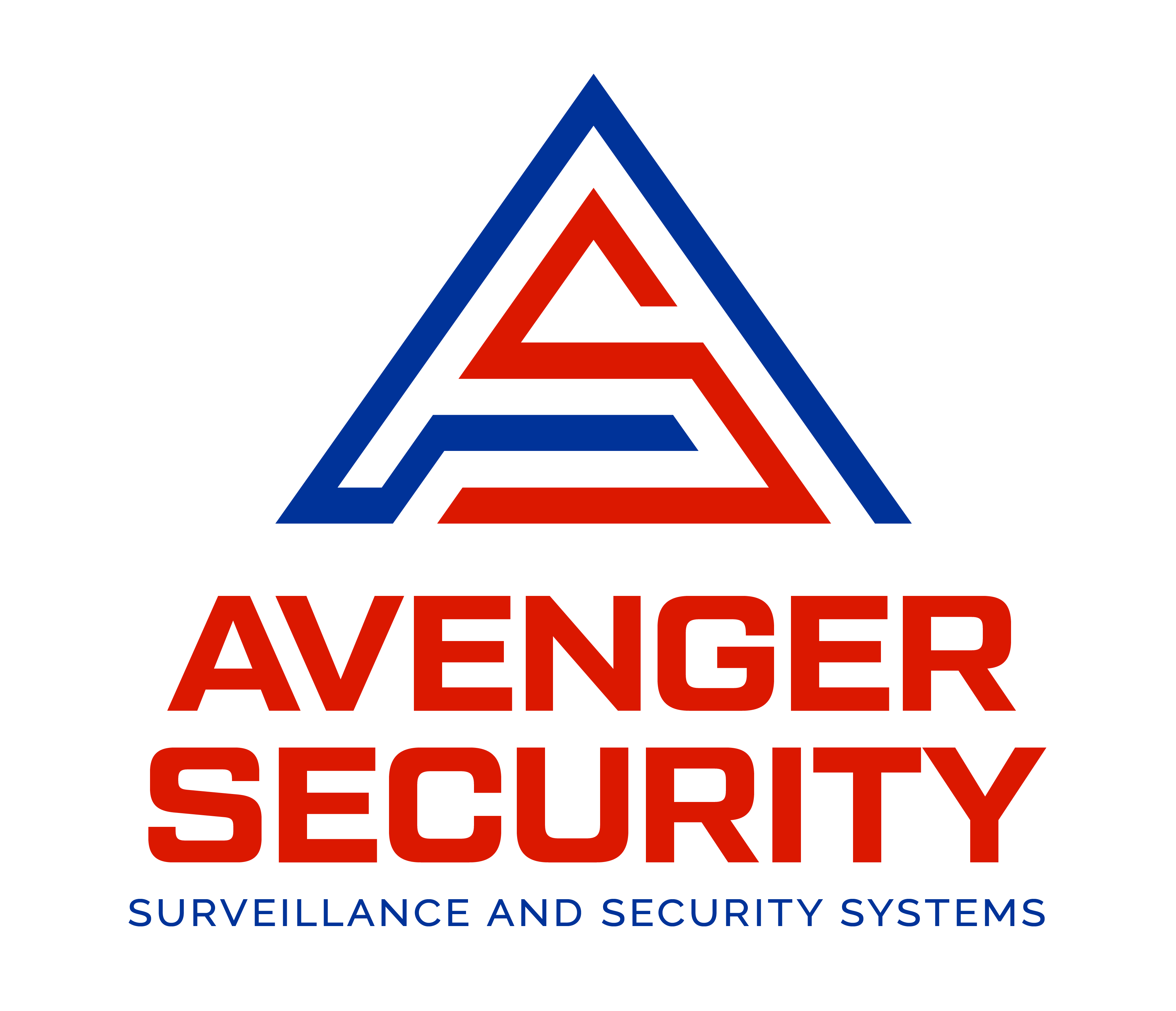Commercial Fire Alarm System & Codes.
The Significance of Fire Alarm System Codes
Fire alarm systems are not only essential for protecting lives but also for minimizing property damage and preserving business continuity. Commercial spaces, ranging from office buildings and factories to shopping malls and healthcare facilities, must adhere to specific codes and standards to ensure that fire alarm systems are designed, installed, and maintained to the highest safety standards.
Key Fire Alarm System Codes and Standards
- NFPA 72: National Fire Alarm and Signaling Code:
Published by the National Fire Protection Association (NFPA), NFPA 72 is one of the most widely recognized codes governing fire alarm systems. This comprehensive document covers the design, installation, testing, maintenance, and performance of fire alarm and emergency communication systems. It outlines requirements for system components, monitoring, notification appliances, and more.
- International Building Code (IBC):
The International Building Code, adopted by various jurisdictions, includes provisions related to fire alarm systems in commercial buildings. It outlines requirements for fire detection and alarm systems based on the occupancy and use of the building.
- International Fire Code (IFC):
The International Fire Code complements the IBC and includes regulations related to fire protection and life safety systems, including fire alarm systems. It provides guidelines for system design, installation, and maintenance.
- Local and State Building Codes:
Many jurisdictions have their own building and fire codes that may include specific requirements for fire alarm systems. These codes often reference national standards like NFPA 72 and may include additional provisions based on local needs and conditions.
Key Considerations for Compliance
- System Design and Installation:
Fire alarm system design and installation must follow the guidelines outlined in relevant codes and standards. This includes factors such as the placement of detection devices, the arrangement of notification appliances, and the integration with other building systems.
- Device Selection:
Codes often specify the types of devices that are acceptable for use in fire alarm systems. These devices must be listed and approved by recognized testing laboratories.
- Testing and Maintenance:
Regular testing and maintenance are essential to ensure that fire alarm systems remain functional and reliable. Codes outline the frequency and procedures for testing components and verifying system operation.
- Monitoring and Communication:
Fire alarm systems often require monitoring by an off-site central station or monitoring service. Codes specify the requirements for communication paths, signal transmission, and reporting to emergency responders.
The Importance of Compliance
Compliance with commercial fire alarm system codes is not just a legal requirement; it is a critical step in ensuring the safety of occupants and protecting property. Non-compliance can result in serious consequences, including fines, legal liabilities, increased insurance premiums, and, most importantly, compromised safety.
- Life Safety:
Adhering to codes ensures that fire alarm systems are designed to detect fires in their early stages, allowing occupants to evacuate before the situation becomes life-threatening.
- Property Protection:
Properly designed and maintained fire alarm systems help prevent or minimize property damage by alerting authorities to fires when they are still manageable.
- Legal and Regulatory Compliance:
Non-compliance with fire alarm system codes can result in legal penalties, fines, and even the shutdown of commercial spaces until the issues are rectified.
- Liability Reduction:
By following codes and standards, businesses demonstrate their commitment to safety, which can help reduce potential legal liabilities in the event of a fire-related incident.
Summary
Commercial fire alarm system codes are not merely guidelines; they are essential tools for creating a safe environment for building occupants and protecting valuable assets. Adhering to these codes ensures that fire alarm systems are properly designed, installed, tested, and maintained, ultimately mitigating the risks associated with fire emergencies. While navigating the complex landscape of codes and standards can be daunting, the commitment to safety and compliance is an investment in the well-being of individuals, businesses, and the community at large.

